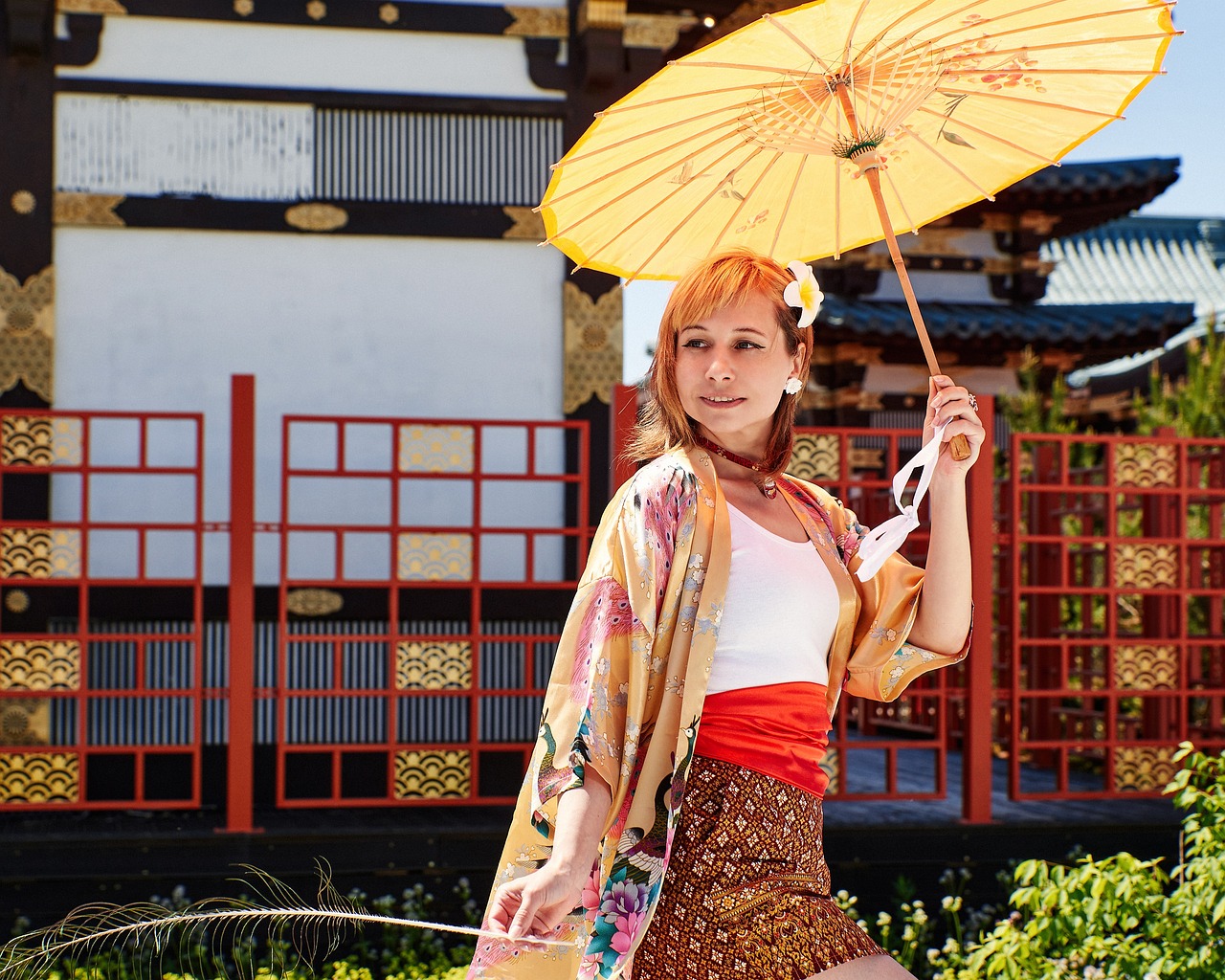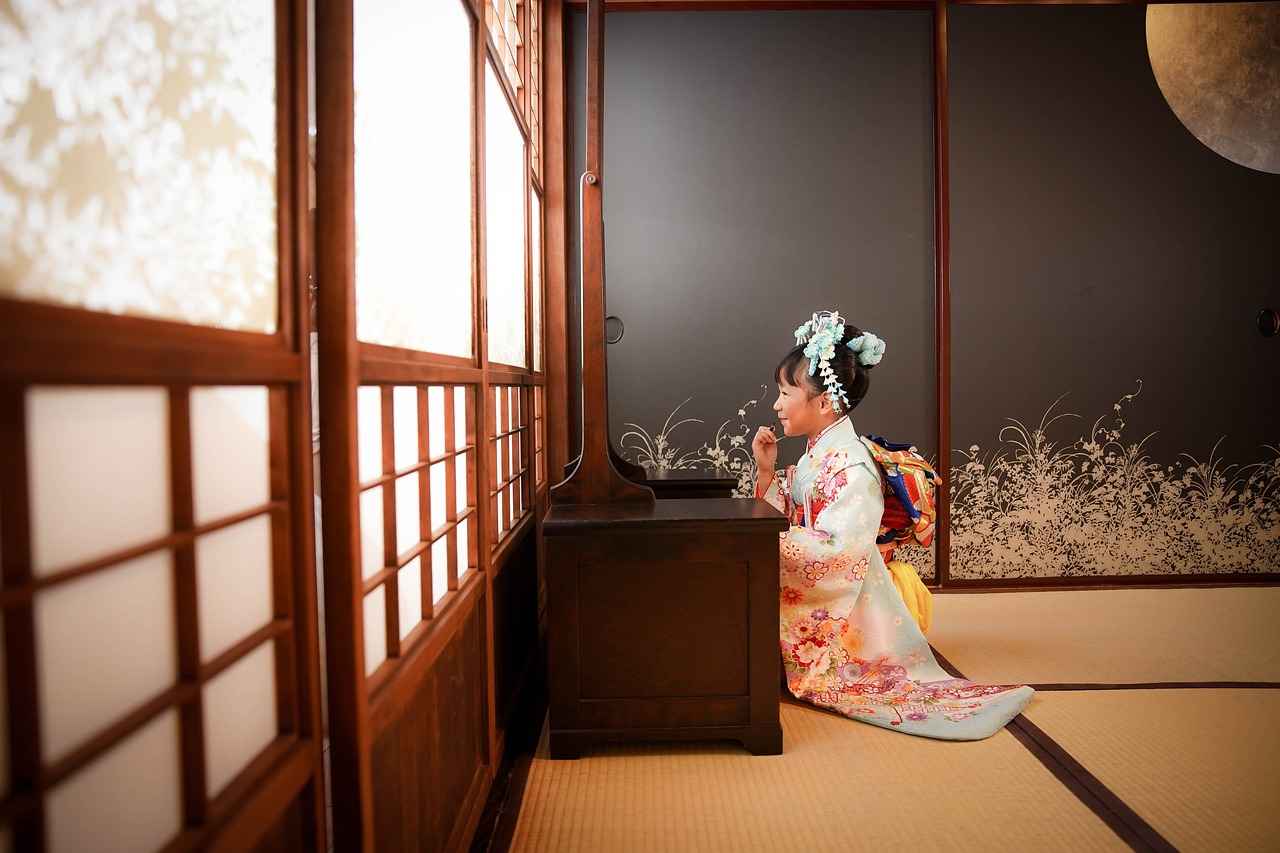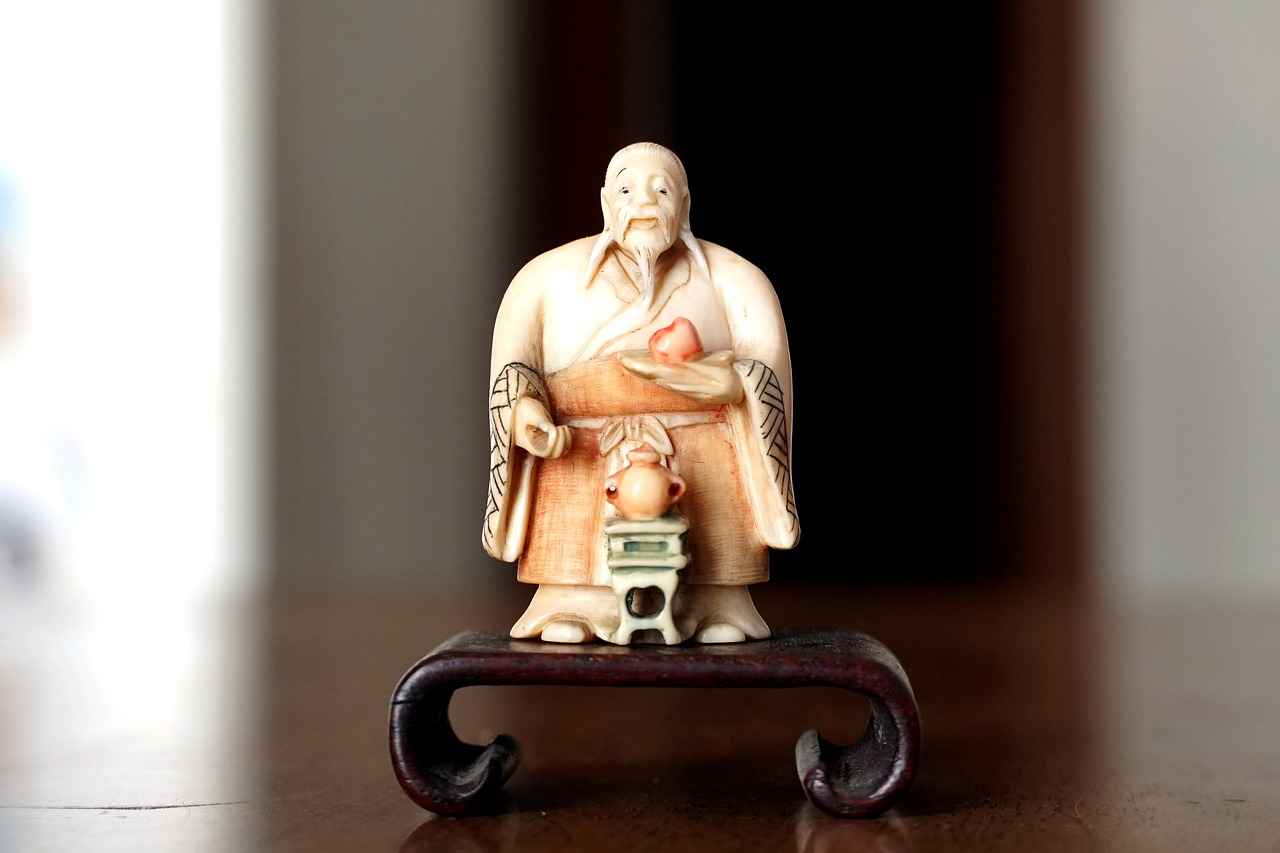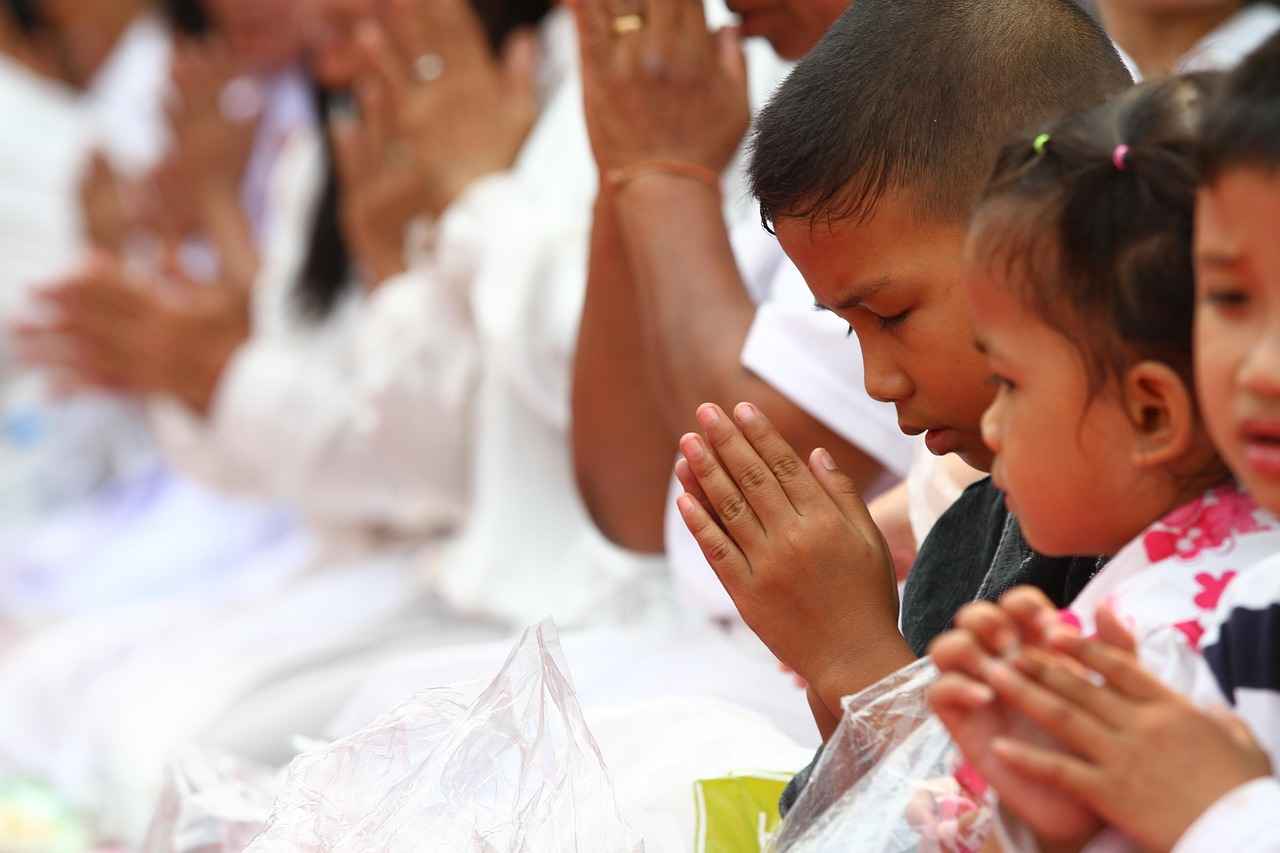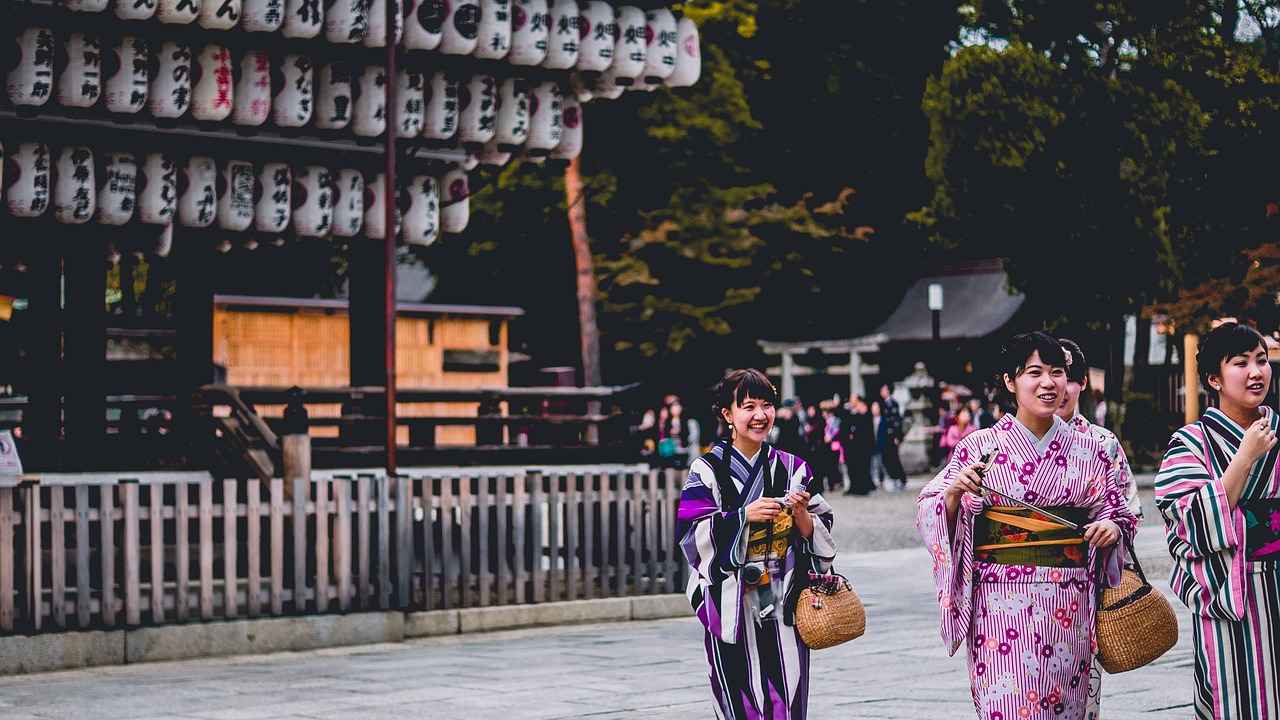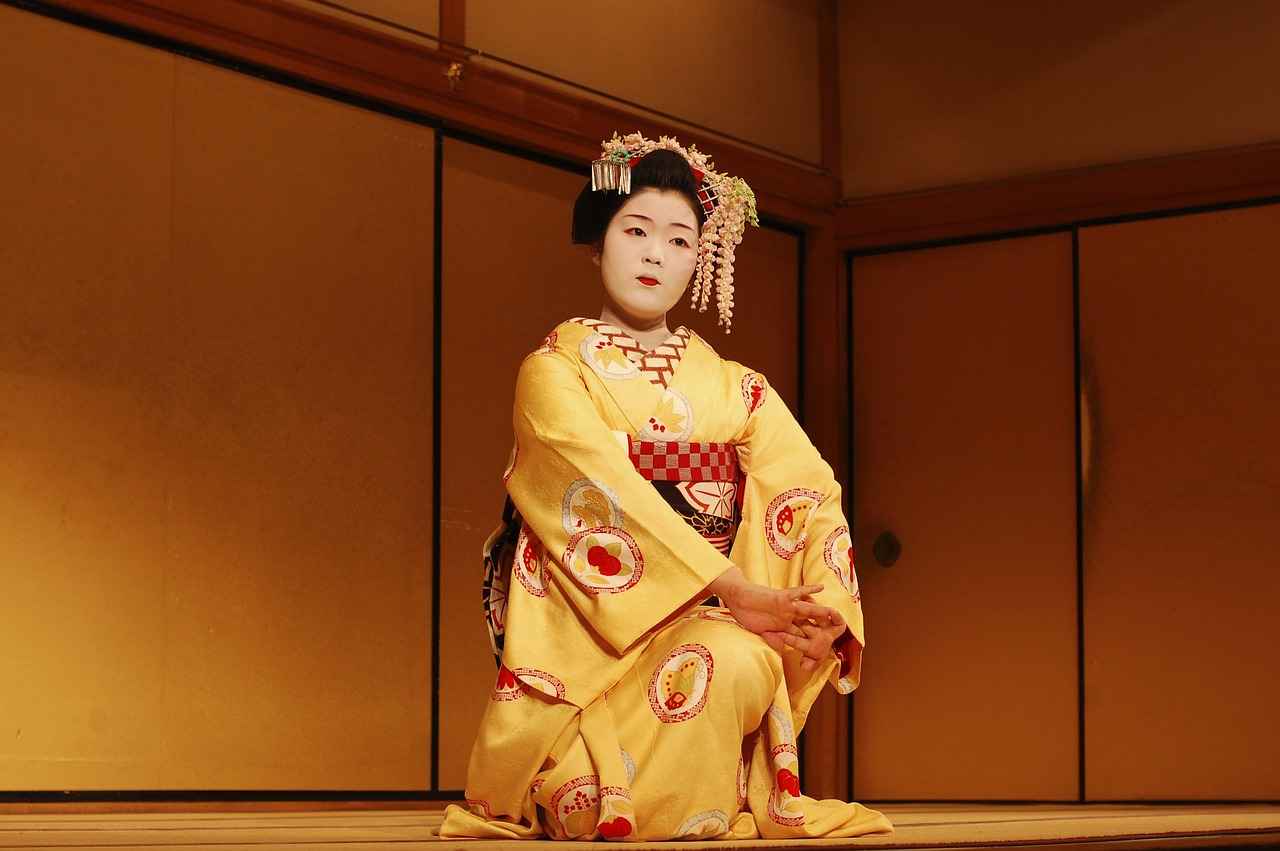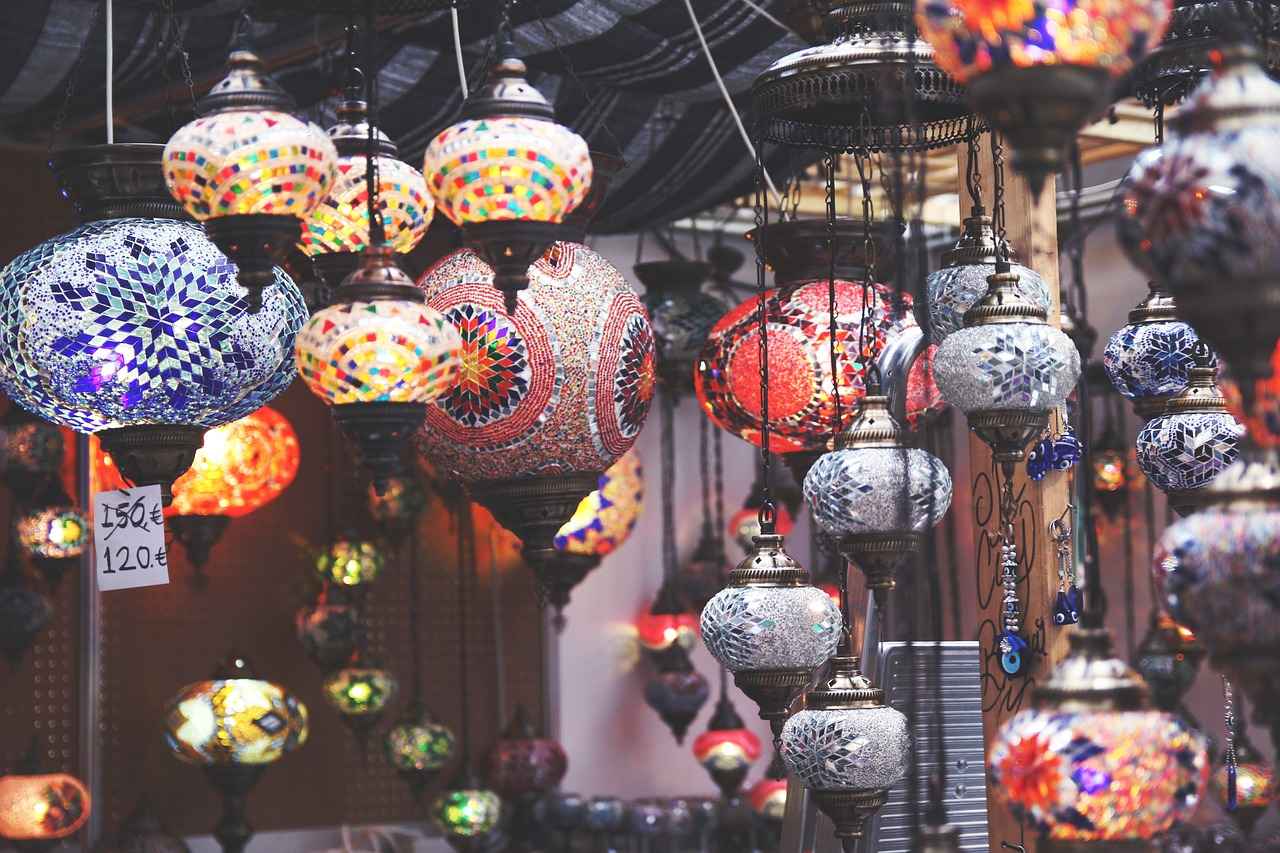This article delves into the rich history, significance, and evolution of the kimono, a traditional Japanese garment that embodies cultural identity and artistry. The kimono is not merely clothing; it is a representation of Japan’s cultural heritage, reflecting the nation’s aesthetic values and social norms throughout history.
The History of the Kimono
The kimono’s origins trace back to ancient Japan, with its design evolving through various historical periods. Initially influenced by Chinese clothing styles, the kimono has undergone significant transformations influenced by Japan’s unique culture and climate. Understanding its historical context reveals the garment’s profound significance in Japanese culture, serving as a marker of identity and social status.
Types of Kimonos
- Formal Kimonos: These include the Furisode and Tomesode, worn during important ceremonies and celebrations.
- Casual Kimonos: The Yukata is a popular choice during summer festivals, offering comfort and style.
Kimono Fabrics and Patterns
The choice of fabric and patterns plays a crucial role in kimono design. Common materials include silk, cotton, and synthetic fabrics, each providing unique textures and levels of formality. Patterns often carry deep meanings, representing nature, seasons, and auspicious symbols, enriching the appreciation of the garment.
Kimono Wearing Techniques
Wearing a kimono requires skill and practice. The process involves several steps, from selecting appropriate undergarments to mastering the art of obi tying, ensuring a polished and elegant appearance.
Modern Adaptations of the Kimono
In contemporary fashion, the kimono has seen numerous adaptations, blending traditional aesthetics with modern trends. Its influence extends beyond Japan, inspiring designers worldwide and becoming a symbol of cultural appreciation and fusion.
The Future of the Kimono
As society evolves, the kimono continues to adapt, balancing tradition and modernity while remaining a cherished symbol of Japanese heritage. Its enduring appeal lies in its ability to connect the past with the present, ensuring that this iconic garment remains relevant in today’s global fashion landscape.
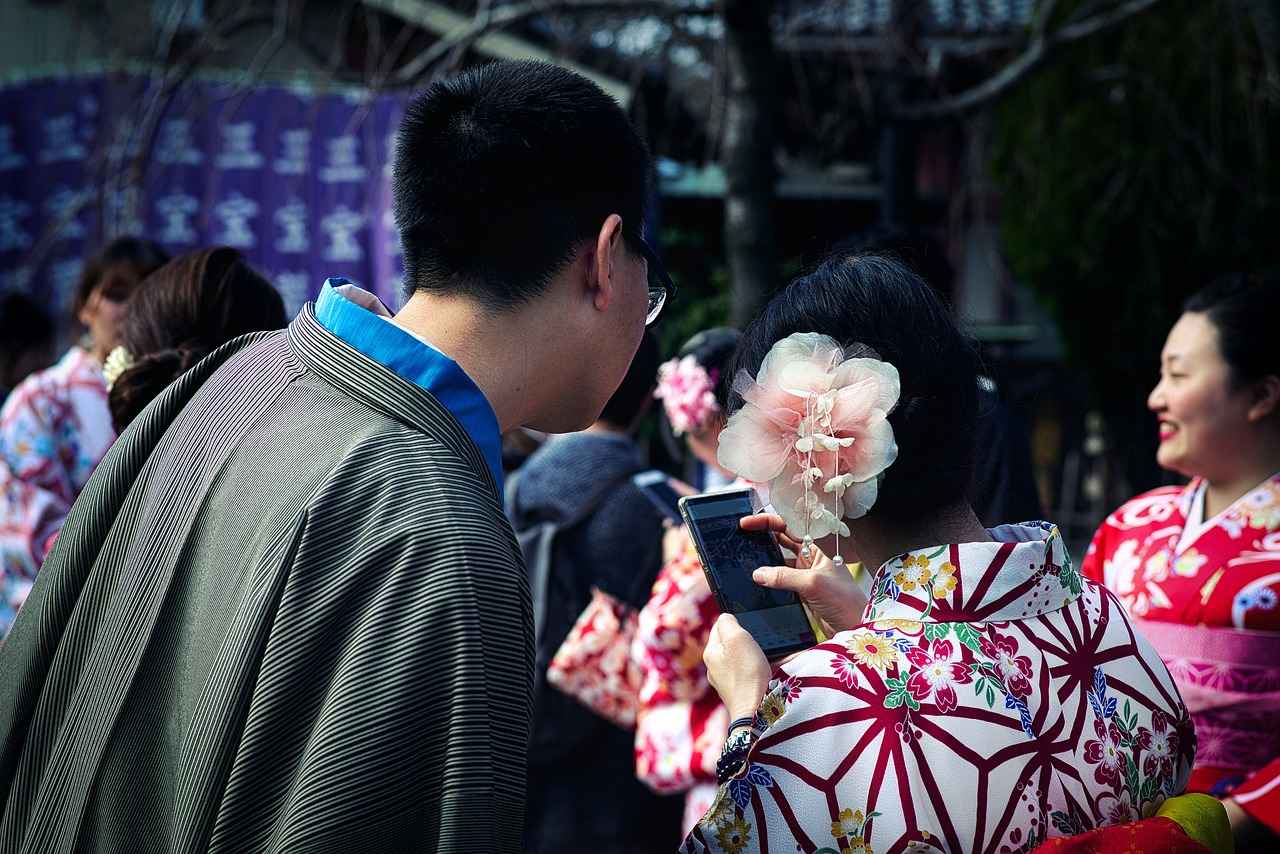
The History of the Kimono
Exploring the Cultural Heritage of the Kimono
This article delves into the rich history, significance, and evolution of the kimono, a traditional Japanese garment that embodies cultural identity and artistry.
The kimono is more than just a piece of clothing; it is a symbol of Japan’s rich cultural heritage. Its origins can be traced back to ancient Japan, where it was influenced by the clothing styles of the Heian period (794-1185). Over the centuries, the kimono has undergone significant transformations, adapting to changing social norms, aesthetic preferences, and technological advancements.
Initially, kimonos were made from simple fabrics and featured straightforward designs. However, as Japan entered the Edo period (1603-1868), the kimono evolved into a more intricate garment, showcasing elaborate patterns and vibrant colors. This period marked the rise of the kimono as a cultural icon, with various styles emerging to represent different social classes and occasions.
Understanding the historical context of the kimono reveals its significance in Japanese culture. It is not merely a garment but a reflection of identity, tradition, and artistry. Each kimono tells a story, often representing the wearer’s age, marital status, and the specific occasion for which it is worn. For example, the Furisode, with its long sleeves, is traditionally worn by unmarried women during celebratory events, while the Tomesode, with shorter sleeves, is designated for married women.
In modern times, the kimono continues to be cherished, with many individuals wearing it during festivals, weddings, and other significant events. The garment has also been embraced in contemporary fashion, blending traditional aesthetics with modern design, ensuring that the kimono remains a vital part of Japan’s cultural landscape.
As we explore the various types of kimonos and their unique characteristics, we gain a deeper appreciation for this remarkable garment and its enduring legacy in Japanese culture.
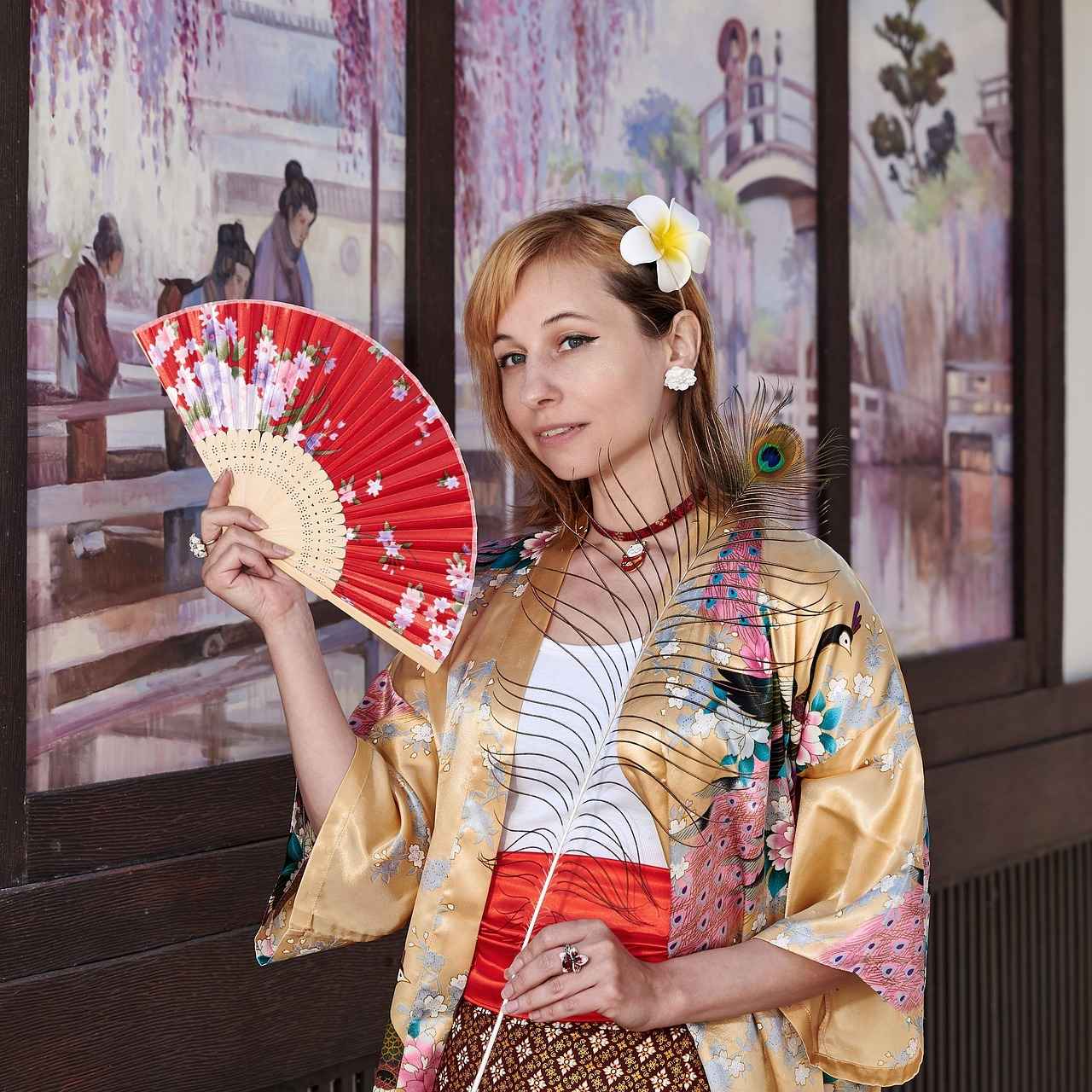
Types of Kimonos
Kimonos are not just garments; they are a reflection of Japan’s rich cultural heritage and artistry. Among the many aspects of kimonos, their various styles stand out, each designed for specific occasions and embodying unique characteristics. In this section, we will delve into the distinctions between formal, casual, and seasonal kimonos, providing insights into when and how to wear them.
- Formal Kimonos: These kimonos are typically worn during important ceremonies and celebrations. They are characterized by their intricate designs, vibrant colors, and luxurious fabrics.
- Furisode: This formal kimono features long sleeves and is traditionally worn by unmarried women during significant events like weddings and coming-of-age ceremonies. The elaborate patterns often symbolize youth and vitality.
- Tomesode: In contrast, the Tomesode is designed for married women, featuring shorter sleeves and elegant motifs. It is often worn at formal events, such as tea ceremonies and family gatherings.
- Casual Kimonos: Casual styles, such as the Yukata, are perfect for summer festivals and everyday wear. Made from lightweight cotton, these kimonos are comfortable and easy to wear, often featuring cheerful patterns that reflect the season.
- Seasonal Kimonos: These kimonos are created with specific seasons in mind, showcasing motifs that celebrate nature’s beauty throughout the year. For example, spring kimonos may feature cherry blossoms, while autumn kimonos might display vibrant maple leaves.
Understanding the different types of kimonos not only enhances your appreciation for this traditional garment but also helps you choose the right style for any occasion. Whether it’s a formal event or a casual outing, wearing a kimono allows you to connect with Japan’s cultural legacy.
Formal Kimonos
When exploring the world of , one cannot overlook the exquisite Furisode. This traditional garment is not merely clothing; it is a vibrant expression of Japanese culture and identity, worn during significant life events and ceremonies. The Furisode, characterized by its long sleeves, is predominantly donned by unmarried women, symbolizing youth and vitality.
With intricate designs and a palette of vibrant colors, each Furisode tells a unique story, often reflecting the wearer’s family background and social status. These kimonos are typically worn during special occasions such as weddings, coming-of-age ceremonies, and graduations. The elaborate patterns and motifs are not just decorative; they carry deep meanings, often inspired by nature and seasonal changes.
Another notable formal kimono is the Tomesode, which is worn by married women. Unlike the Furisode, the Tomesode features shorter sleeves and is often adorned with more subdued colors and elegant patterns, reflecting maturity and sophistication. The choice of a formal kimono can significantly impact the impression made at ceremonies, as it conveys respect for tradition and the occasion.
In addition to the Furisode and Tomesode, other formal kimonos exist, each designed for specific events and cultural significance. The Hōmongi, for instance, is a versatile kimono that can be worn by both married and unmarried women, often embellished with beautiful patterns that flow seamlessly across the seams.
In conclusion, formal kimonos like the Furisode and Tomesode are not just garments; they are a celebration of Japanese heritage. Their intricate designs, vibrant colors, and cultural meanings make them a vital part of significant ceremonies, embodying the status and joy of the wearer.
Furisode
The is one of the most iconic styles of kimono, distinguished by its long, flowing sleeves. This traditional garment is primarily worn by unmarried women during significant events, such as weddings, coming-of-age ceremonies, and other formal celebrations. The word “Furisode” translates to “swinging sleeves,” a reference to the dramatic, elongated sleeves that can reach up to 100 cm in length.
Historically, the Furisode has been a symbol of youth and femininity in Japanese culture. Its vibrant colors and intricate designs often reflect the season or occasion for which it is worn. For instance, during weddings, brides may choose a Furisode adorned with auspicious motifs to symbolize happiness and prosperity.
In terms of design, Furisode kimonos are often crafted from luxurious materials like silk, which enhances their beauty and elegance. The patterns and colors used can convey various meanings, such as florals representing growth and renewal, or geometric shapes symbolizing stability and balance. The meticulous craftsmanship involved in creating a Furisode is a testament to the skill of Japanese artisans, often involving hand-dyeing techniques like yuzen or shibori.
While the Furisode is traditionally associated with unmarried women, it is also seen as a rite of passage. Young women often wear this garment during their Seijin Shiki (Coming of Age Ceremony), marking their transition into adulthood. The Furisode’s elaborate style serves not only as a fashion statement but also as a cultural emblem, celebrating femininity and tradition.
As society evolves, the Furisode continues to be embraced in modern contexts, blending traditional aesthetics with contemporary fashion. Designers are now creating innovative interpretations of the Furisode, making it accessible to younger generations and ensuring its place in the future of Japanese fashion.
In conclusion, the Furisode is more than just a beautiful garment; it is a rich representation of Japanese culture, history, and the enduring significance of tradition in a rapidly changing world.
Tomesode
is a significant type of kimono that holds a special place in Japanese culture, particularly among married women. This elegant garment is characterized by its shorter sleeves compared to other kimonos, such as the Furisode, which is worn by unmarried women. The Tomesode is often adorned with intricate patterns and motifs, making it a popular choice for formal occasions.
The Tomesode typically features a black base, although it can also come in other colors, and is often embellished with beautiful designs that reflect nature, seasons, or auspicious symbols. These designs are not merely decorative; they carry deep meanings and are chosen for their significance in relation to the event being attended.
When it comes to occasions, the Tomesode is generally worn at weddings, tea ceremonies, and other formal gatherings. Its elegance and sophistication make it a perfect fit for such important events, showcasing the wearer’s cultural heritage and appreciation for traditional attire.
In terms of styling, the Tomesode is typically paired with a wide obi (belt), which is tied in a specific manner to enhance the overall appearance of the outfit. The way a Tomesode is worn can also signify the marital status of the woman, with different styles and colors indicating various levels of formality.
As society evolves, the Tomesode remains a cherished garment, symbolizing the beauty of Japanese culture and tradition. It is a perfect representation of how clothing can convey deep cultural meanings while adapting to modern contexts.
In conclusion, the Tomesode is more than just a formal kimono; it is a reflection of a rich cultural heritage, embodying elegance, tradition, and the artistry of Japanese craftsmanship.
Casual Kimonos
have become a staple in modern fashion, especially during the vibrant summer festivals in Japan. Among these, the Yukata stands out as a popular choice, offering both comfort and style for everyday wear.
The Yukata is a lightweight cotton kimono that is often worn during warm months. Its breathable fabric makes it ideal for outdoor events, where the heat can be intense. Traditionally, the Yukata is adorned with colorful patterns and designs that reflect the lively spirit of summer festivals, adding a festive touch to any occasion.
Beyond its aesthetic appeal, the Yukata is also practical. It is typically easy to wear, requiring minimal effort to put on compared to more formal kimonos. This makes it an excellent choice for those who wish to experience the beauty of traditional Japanese attire without the complexity of formal dressing. Many people find that slipping into a Yukata is a delightful way to embrace the cultural heritage while enjoying the festivities.
- Versatility: Yukatas can be styled in various ways, making them suitable for both casual outings and special events.
- Accessibility: Available in numerous stores during the summer season, Yukatas are affordable and easy to find.
- Tradition Meets Modernity: Many contemporary designers are incorporating Yukata designs into modern clothing, bridging the gap between tradition and current fashion trends.
In conclusion, casual kimonos like the Yukata are more than just garments; they are a celebration of culture and comfort. Whether attending a summer festival or simply enjoying a day out, wearing a Yukata allows individuals to connect with Japan’s rich traditions while embracing modern style.
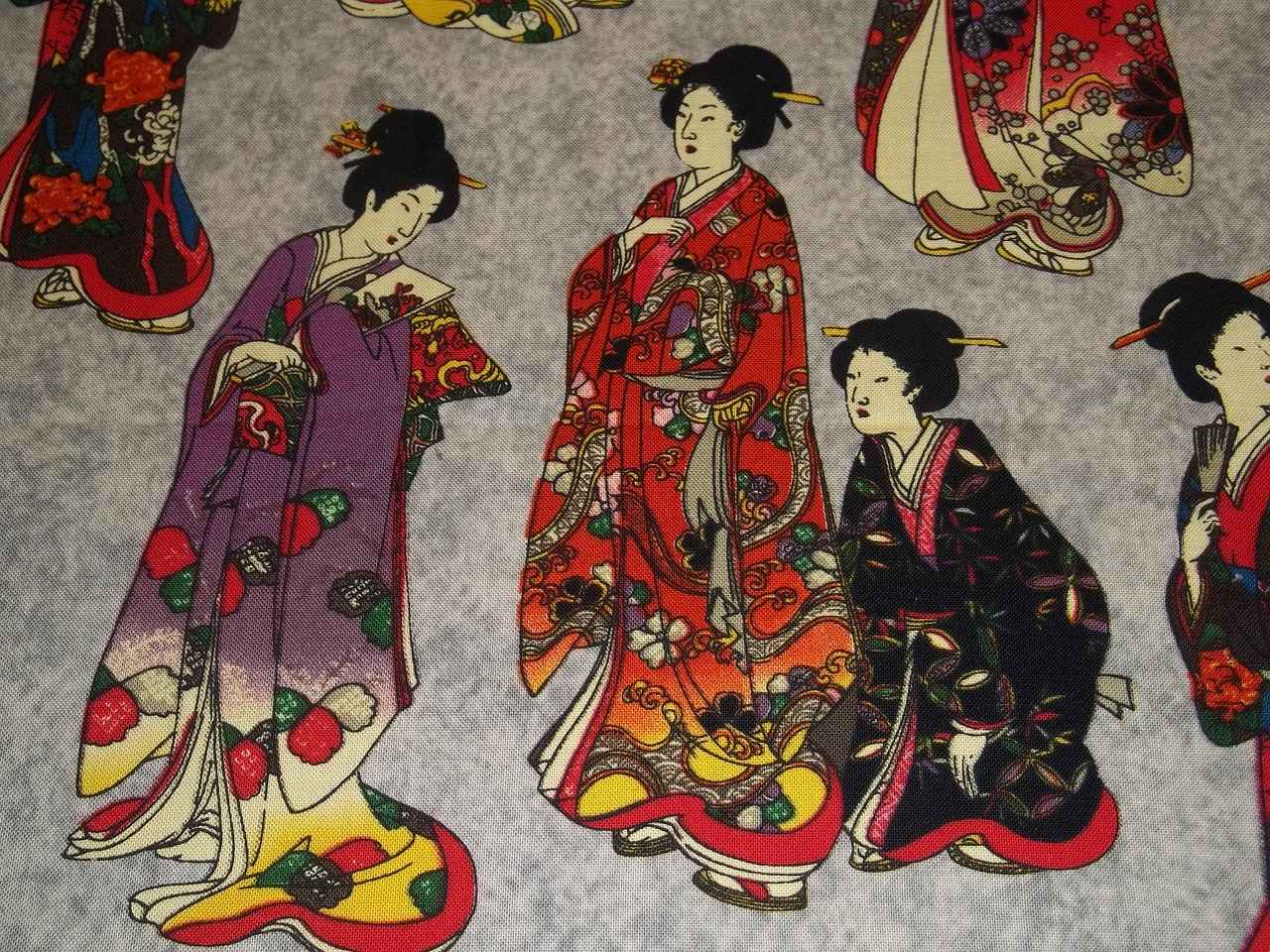
Kimono Fabrics and Patterns
The kimono, a traditional Japanese garment, is not just a piece of clothing but a canvas that reflects the rich tapestry of Japanese culture. One of the most significant aspects of kimono design is the choice of fabric and patterns, which play a crucial role in conveying personal taste and cultural significance.
The selection of fabric is foundational to the overall aesthetic and functionality of a kimono. Commonly used fabrics include:
- Silk: Known for its luxurious feel and sheen, silk kimonos are often reserved for formal occasions.
- Cotton: This fabric is more casual and breathable, making it popular for summer kimonos like yukata.
- Synthetic Materials: These offer durability and ease of care, appealing to modern wearers.
Each fabric type not only influences the texture and weight of the kimono but also its level of formality. For example, a silk kimono might be chosen for a wedding, while a cotton yukata is ideal for a summer festival.
Patterns on kimonos are rich with meaning and symbolism. They often depict elements of nature, such as:
- Flowers: Cherry blossoms symbolize the transient nature of life.
- Seasons: Seasonal motifs reflect the beauty of Japan’s four distinct seasons.
- Auspicious Symbols: Designs like cranes and turtles represent longevity and good fortune.
Understanding these motifs enhances the appreciation of the kimono, as they tell stories and convey messages that resonate deeply within Japanese culture.
In conclusion, the choice of fabric and patterns in kimono design is a reflection of both personal taste and the rich cultural heritage of Japan. Each kimono serves as a unique expression of identity, bridging the past with the present.
Fabric Choices
When it comes to the traditional kimono, the choice of fabric is not just a matter of aesthetics; it significantly impacts the garment’s texture, weight, and level of formality. The three most commonly used materials for kimonos are silk, cotton, and synthetic fabrics. Each of these fabrics offers unique characteristics that cater to different occasions and personal preferences.
- Silk: Known for its luxurious feel and elegant drape, silk is the most traditional fabric used in kimono making. It is often associated with formal occasions due to its sheen and ability to hold intricate patterns. Silk kimonos, such as the Furisode, are often worn during weddings and ceremonial events, showcasing vibrant colors and elaborate designs.
- Cotton: A more casual option, cotton kimonos are perfect for everyday wear and summer festivals. The lightweight nature of cotton makes it comfortable, especially in warmer weather. The Yukata, a type of casual kimono made from cotton, is popular during summer celebrations, offering a relaxed yet stylish appearance.
- Synthetic Fabrics: With advancements in textile technology, synthetic materials have become increasingly popular. These fabrics are often more affordable and easier to maintain compared to silk and cotton. They can mimic the appearance of traditional fabrics while providing enhanced durability and resistance to wrinkles.
In conclusion, the choice of fabric plays a crucial role in the overall experience of wearing a kimono. Whether opting for the luxurious feel of silk, the comfort of cotton, or the practicality of synthetic materials, each fabric brings its own set of qualities that cater to various needs and occasions. Understanding these options allows individuals to make informed decisions when selecting their kimonos, ensuring that they embody both style and tradition.
Patterns and Symbolism
The art of kimono making is not just about fabric and color; it is deeply intertwined with cultural narratives and symbolism. Each pattern on a kimono serves a purpose, often reflecting the beauty of nature, the changing seasons, and various auspicious symbols that carry significant meanings.
Traditionally, kimono patterns are inspired by elements from the natural world. For instance, floral motifs such as cherry blossoms (sakura) symbolize the fleeting nature of life, while crane patterns represent longevity and good fortune. The use of these motifs not only beautifies the garment but also connects the wearer to the rich tapestry of Japanese culture.
Moreover, the seasons play a crucial role in kimono design. Different patterns are chosen to reflect the time of year, with vibrant colors and designs that capture the essence of spring, summer, autumn, and winter. For example, kimonos adorned with maple leaves are popular in the fall, while snowflake patterns are favored in winter.
| Pattern | Symbolism |
|---|---|
| Cherry Blossoms | Transience of life |
| Crane | Longevity and good fortune |
| Maple Leaves | Autumn |
| Snowflakes | Winter beauty |
Understanding these motifs enhances the appreciation of the kimono as not merely a piece of clothing but as a storytelling medium that conveys the wearer’s identity, aspirations, and connection to cultural heritage. As such, each kimono tells a unique story, rich with personal and cultural significance.
In conclusion, the patterns and symbols found in kimono designs are essential for appreciating the garment’s full beauty and meaning. By exploring these motifs, one gains a deeper understanding of the intricate relationship between fashion and culture in Japan.
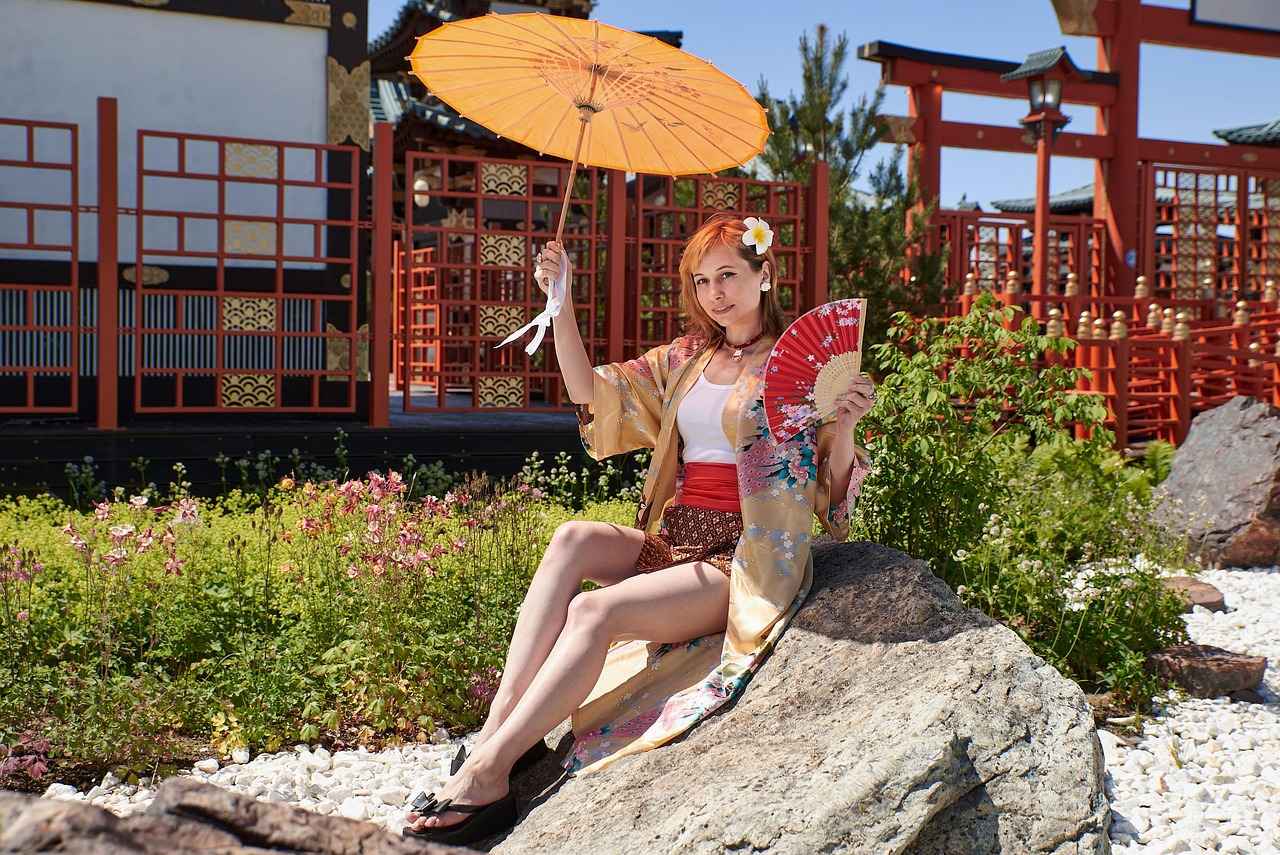
Kimono Wearing Techniques
are an essential part of mastering this beautiful and traditional Japanese garment. While it may seem daunting at first, with practice and patience, anyone can learn to wear a kimono with elegance and confidence. This section will provide a comprehensive overview of the fundamental techniques needed to don a kimono correctly, including the intricate art of obi tying.
To begin with, it’s important to understand that wearing a kimono is not just about putting on clothes; it’s a ritual that reflects cultural values and aesthetics. The process involves several steps, each contributing to the overall appearance and comfort of the wearer.
- Step 1: Undergarments – Start with the appropriate undergarments, such as the juban, which acts as a protective layer between your skin and the kimono.
- Step 2: Putting on the Kimono – Slip into the kimono, ensuring that the back is straight and the front panels overlap correctly. The left side should always be over the right side.
- Step 3: Adjusting the Fit – Use a koshihimo (a cord) to secure the kimono around your waist, allowing for a snug fit without being too tight.
- Step 4: Obi Preparation – Select the appropriate obi (belt) for the occasion, as this is a focal point of the outfit.
- Step 5: Tying the Obi – There are various styles of obi tying, such as the taiko musubi (drum knot) for formal occasions and the bow knot for casual settings. Each style has its unique technique and aesthetic appeal.
Obi Tying Techniques are particularly important as they can significantly influence the overall look of the kimono. For instance, the taiko musubi is known for its elegance and is often chosen for weddings and formal events. On the other hand, the simple bow knot is more relaxed and suitable for everyday wear.
In conclusion, mastering the art of wearing a kimono requires dedication and practice. By understanding the essential techniques and taking the time to learn the various obi tying styles, anyone can appreciate and embody the beauty of this traditional garment.
Basic Kimono Wearing Steps
The process of putting on a kimono is both an art and a tradition, encompassing a series of meticulous steps that ensure a polished and elegant appearance. This beautiful garment, deeply rooted in Japanese culture, requires careful preparation and attention to detail. Below are the essential steps to properly wear a kimono, highlighting the significance of each stage.
- Start with Undergarments: Begin by wearing a juban, a cotton or silk undergarment that serves as a base layer. This helps to protect the kimono and maintain its cleanliness.
- Put on the Kimono: Slip into the kimono, ensuring that the left side wraps over the right side, which is the traditional way to wear it. Adjust the length to ensure it falls gracefully at the ankles.
- Secure the Kimono: Use a koshihimo, a sash-like tie, to secure the kimono at the waist. This step is crucial for maintaining the garment’s shape and ensuring comfort.
- Adjust the Sleeves: Make sure the sleeves are properly positioned. The kimono’s sleeves should drape elegantly and not interfere with movement.
- Obi Preparation: The obi is the decorative belt that adds flair to the kimono. Fold and prepare the obi according to the desired style, whether it’s a simple knot or a more elaborate design.
- Obi Tying: Wrap the obi around your waist, ensuring it sits comfortably and securely. The style of tying can vary based on the occasion, with formal occasions typically requiring more intricate knots.
- Final Touches: Adjust the kimono and obi for a polished look. Check that the collar is symmetrical and that the hem falls evenly. Accessorize with a haneri (collar) or other traditional items as desired.
Wearing a kimono is not just about the garment itself; it’s a reflection of Japanese culture and tradition. Each step in the process has its significance, contributing to the overall elegance and beauty of this iconic attire.
Obi Tying Techniques
The obi is not just a decorative accessory; it is a critical component of the kimono, serving both functional and aesthetic purposes. Its role extends beyond mere fashion, as the way it is tied can convey various meanings and signify different occasions. In this article, we will explore the various that enhance the beauty of the kimono and reflect the wearer’s personality and the event’s significance.
There are numerous styles of obi tying, each with its unique characteristics and cultural relevance. The most common techniques include:
- Taiko Musubi: This is the most popular and formal style, resembling a drum. It is often used for special occasions like weddings and formal ceremonies.
- Chōchō Musubi: Known as the butterfly knot, this technique is playful and often used for casual settings or summer festivals.
- Otaiko Musubi: A variant of the Taiko, this style has a more compact shape and is frequently chosen for semi-formal events.
- Haneri Musubi: This technique features a simple knot and is ideal for everyday wear, providing comfort while maintaining elegance.
Understanding these tying styles is essential for anyone looking to appreciate or wear a kimono. Each style not only enhances the overall appearance of the kimono but also aligns with the cultural significance of the occasion. For instance, the Taiko Musubi is often associated with marriage ceremonies, while the Chōchō Musubi is perfect for summer festivities.
Moreover, mastering these techniques involves practice and attention to detail. The way an obi is tied can affect the overall silhouette of the kimono, making it crucial to learn the proper methods. For those interested in learning, many resources, including online tutorials and workshops, are available to help individuals perfect their skills.
In conclusion, the art of obi tying is a vital aspect of kimono culture, reflecting tradition, occasion, and personal style. Whether for formal events or casual outings, understanding these techniques can greatly enhance the wearing experience of this beautiful garment.
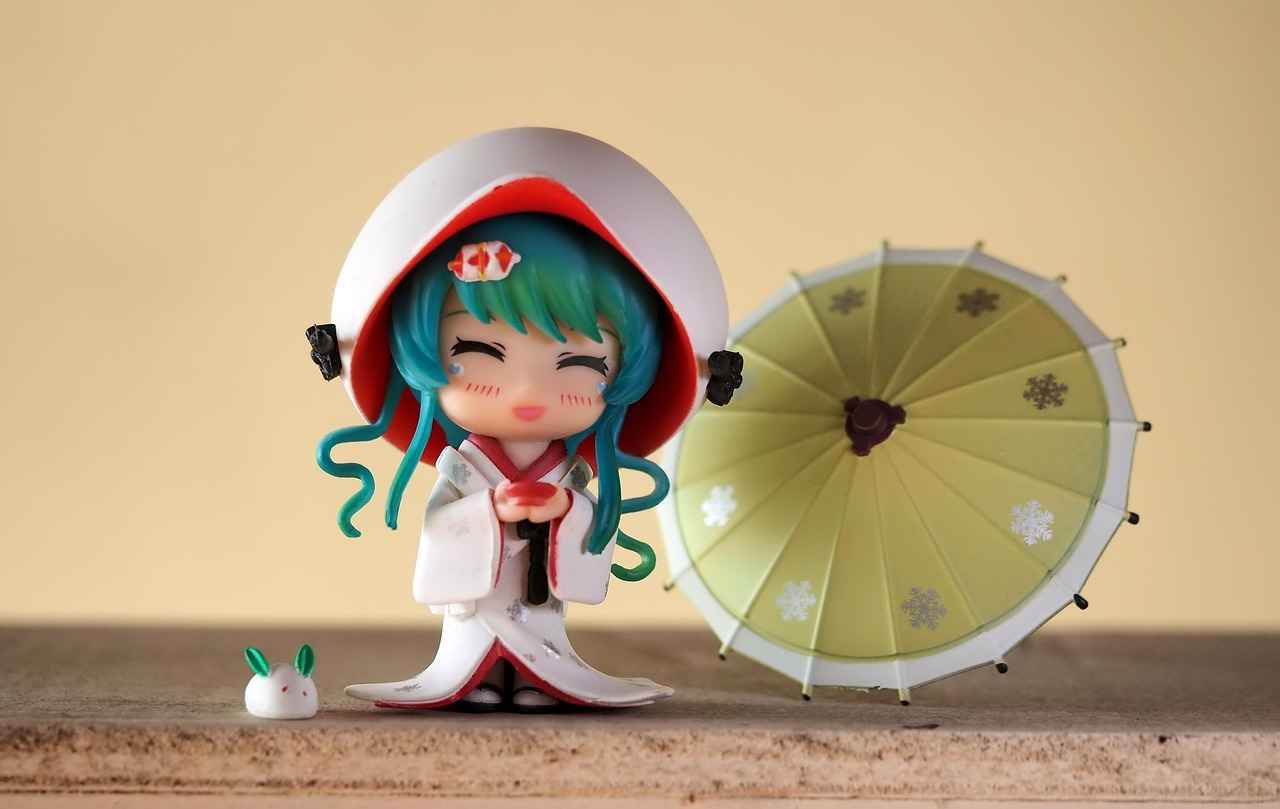
Modern Adaptations of the Kimono
have become a fascinating topic in the fashion world, showcasing how this traditional garment has evolved while retaining its cultural roots. As we explore this evolution, we see how the kimono has been reimagined to fit contemporary lifestyles and aesthetics.
Historically, the kimono has been a symbol of Japanese culture, but in recent years, it has transcended its origins. Designers and fashion enthusiasts have begun to integrate the kimono into modern wardrobes, creating unique styles that appeal to a global audience. This adaptation is not merely about changing the garment’s appearance; it involves a deeper understanding of its cultural significance.
- Street Fashion: The kimono has found a prominent place in street fashion, often worn as a statement piece that adds flair to casual outfits. Layered over jeans or paired with a simple tee, the kimono offers versatility and comfort, making it a favorite among fashion-forward individuals.
- High Fashion Runways: Renowned designers have incorporated kimono-inspired elements into their collections, showcasing luxurious fabrics and intricate designs. These high-fashion interpretations often blend traditional motifs with contemporary silhouettes, appealing to a sophisticated audience.
- Everyday Wear: Many brands have created kimono jackets and cardigans that are easy to wear and care for, making the style accessible to everyone. These pieces often feature lightweight materials, perfect for layering in various climates.
Moreover, the global influence of the kimono has sparked a wave of cultural appreciation. In various parts of the world, designers draw inspiration from the kimono’s elegance and craftsmanship, leading to a fusion of styles that celebrate diversity in fashion. This blending of cultures has not only made the kimono a trendy choice but also a symbol of unity and respect for different heritages.
As we look to the future, the kimono will likely continue to adapt, balancing its rich history with modern sensibilities. This evolution ensures that the kimono remains a cherished garment, reflecting both tradition and innovation in the ever-changing landscape of fashion.
Kimono in Street Fashion
The kimono, a traditional Japanese garment, has transcended its cultural roots to become a staple in modern street fashion. This evolution showcases not only the versatility of the kimono but also the creativity of contemporary fashion enthusiasts who blend traditional aesthetics with modern trends.
In recent years, the kimono has been reimagined in various styles, making it accessible for everyday wear. Designers and fashion influencers have embraced this garment, incorporating it into a wide range of outfits. Whether paired with jeans, shorts, or even over dresses, the kimono adds a unique flair to any ensemble. This adaptability is a testament to its enduring appeal.
| Style | Occasion | Outfit Ideas |
|---|---|---|
| Casual | Daily Wear | Kimono over a tank top with jeans |
| Formal | Special Events | Kimono with a fitted dress |
| Festival | Seasonal Celebrations | Kimono paired with a yukata |
Moreover, the kimono’s patterns and fabrics contribute to its fashion-forward status. From vibrant colors to intricate designs, each kimono tells a story and reflects the wearer’s personality. Fashionistas often choose kimonos that resonate with their individual style, making them a canvas for expression.
As street style continues to evolve, the kimono remains a symbol of cultural fusion. It bridges the gap between tradition and modernity, allowing individuals to celebrate their heritage while embracing contemporary fashion trends. This dynamic relationship highlights the kimono’s role not just as clothing, but as a cultural statement.
In conclusion, the kimono’s integration into street fashion exemplifies its timelessness and adaptability. It encourages people to explore their creativity and express their identity through fashion, proving that this traditional garment has a vibrant place in today’s world.
Global Influence of the Kimono
The kimono, a traditional Japanese garment, has transcended its cultural origins to become a significant influence in the global fashion landscape. Its unique aesthetics and rich symbolism have inspired designers and artists around the world, sparking a movement of cultural appreciation and fusion.
As the kimono gained popularity beyond Japan, it began to appear in various forms across international fashion shows and collections. Designers from Europe to North America have incorporated kimono-inspired elements into their work, blending traditional motifs with contemporary styles. This fusion not only honors the garment’s heritage but also introduces it to new audiences, fostering a greater understanding of Japanese culture.
In recent years, the kimono has become a symbol of cultural exchange. Fashion houses have embraced its versatility, creating modern interpretations that appeal to diverse markets. The use of traditional fabrics, such as silk and cotton, alongside innovative designs, showcases the adaptability of the kimono, allowing it to resonate with a global audience.
Furthermore, the rise of street fashion has played a pivotal role in the kimono’s global influence. Young fashion enthusiasts have adopted the kimono as a staple in their wardrobes, often pairing it with casual attire, which promotes a relaxed yet stylish look. This trend not only emphasizes the kimono’s versatility but also highlights its ability to blend into various fashion contexts.
As a result, the kimono has become more than just a garment; it represents a bridge between cultures, encouraging dialogue and appreciation for diversity. The ongoing popularity of kimono-inspired designs in fashion indicates a promising future for this iconic piece, as it continues to evolve while remaining a cherished symbol of Japanese heritage.
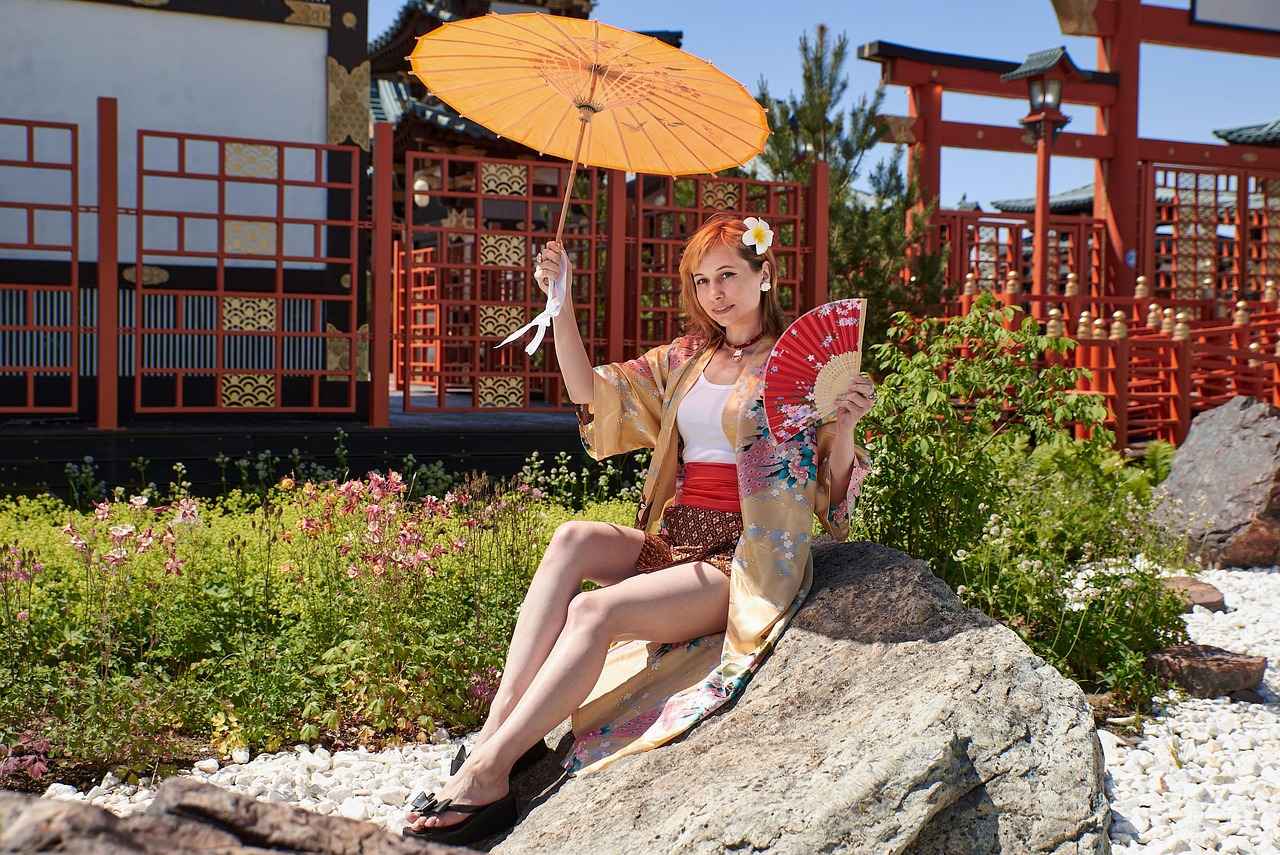
The Future of the Kimono
As the world progresses and cultural exchanges become more prevalent, the kimono stands at a fascinating crossroads of tradition and modernity. This iconic garment, deeply rooted in Japanese heritage, is not merely a relic of the past but a living symbol that continues to evolve.
In contemporary society, the kimono has undergone significant transformations, adapting to modern fashion trends while preserving its essential characteristics. Designers are creatively reinterpreting traditional styles, incorporating contemporary fabrics and innovative designs. This fusion allows the kimono to appeal to a younger audience, making it relevant in today’s fashion landscape.
One of the most notable trends is the integration of the kimono into street fashion. Fashion-forward individuals are pairing kimonos with casual outfits, such as jeans and t-shirts, creating a unique blend of East meets West. This adaptability showcases the kimono’s versatility and its ability to resonate with diverse fashion sensibilities.
Furthermore, the global influence of the kimono cannot be understated. International designers are drawing inspiration from its elegant lines and intricate patterns, leading to a broader appreciation for Japanese culture. This exchange fosters a sense of cultural respect and understanding, as the kimono transcends its geographical boundaries.
As society continues to evolve, the kimono will likely embrace even more changes, reflecting the dynamic nature of cultural identity. While it serves as a cherished symbol of Japan’s rich heritage, it simultaneously represents a bridge to the future—where tradition and innovation coexist harmoniously.
In conclusion, the kimono is not just a garment; it is a narrative of cultural evolution. As it adapts to modern influences, it invites us to appreciate its history while embracing its future.
Frequently Asked Questions
- What is the significance of the kimono in Japanese culture?
The kimono is more than just a garment; it’s a symbol of Japanese identity, representing tradition, artistry, and cultural heritage. Wearing a kimono often signifies respect for cultural values and occasions.
- Are there different types of kimonos for various occasions?
Absolutely! Kimonos come in various styles, such as formal kimonos like the Furisode for ceremonies and casual ones like the Yukata for summer festivals. Each type is designed for specific events, showcasing the versatility of this beautiful garment.
- How do I properly wear a kimono?
Wearing a kimono involves several steps, including putting on the right undergarments, wrapping the kimono around your body, and tying the obi. It may take some practice, but once you get the hang of it, you’ll feel elegant and confident!
- What fabrics are commonly used for kimonos?
Kimonos are typically made from silk, cotton, or synthetic materials. Each fabric offers a unique texture and level of formality, allowing wearers to choose based on the occasion and personal preference.
- How has the kimono evolved in modern fashion?
The kimono has seen exciting adaptations in contemporary fashion, blending traditional aesthetics with modern trends. It’s now embraced in street fashion and by global designers, showcasing its enduring appeal and versatility.
